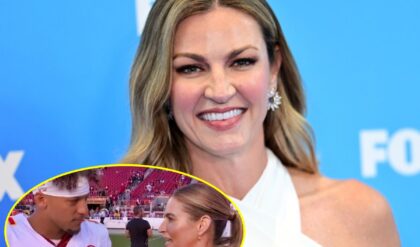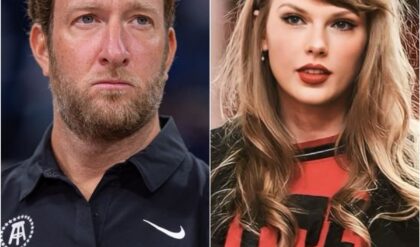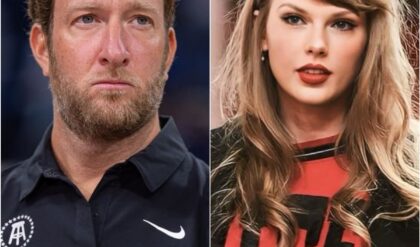
SUMMARY
The Smallville “Craving” episode fails to tackle body image issues effectively, and falls apart in today’s context.
Smallville’s outdated fatphobic portrayal of Amy Adams’ plus-sized character highlights a lack of body positivity.
Changes in media portrayal of body types show progress, but also highlight past insensitivity.
I’m currently watching Smallville for the first time, and season 1, episode 7, “Craving,” featuring Amy Adams as a guest star, nearly made me want to stop watching. The episode’s main storyline follows Adams’ Jodi Melville, an overweight and bullied classmate of Tom Welling’s Clark Kent who starts a new diet using only vegetables grown from her father’s greenhouse. However, since the vegetables are grown from soil laced with meteor rock, Jodi’s hunger becomes insatiable, and she ends up eating the fat from animals and humans, turning her into the monster of the week.
To be clear, I don’t believe the writers of this episode had any ill intentions. Nor do I think the actors involved – including Adams herself – are to blame for this low point in Smallville’s Superman origin story. I think the reason “Craving” falls apart, and especially doesn’t hold up 23 years later, has to do with the way the story is tackled and the changes in our public perception of body positivity. As a result, this episode of Smallville season 1 sticks out like a sore thumb amid episodes that are nostalgic, but not quite so glaringly out of step with the current culture.
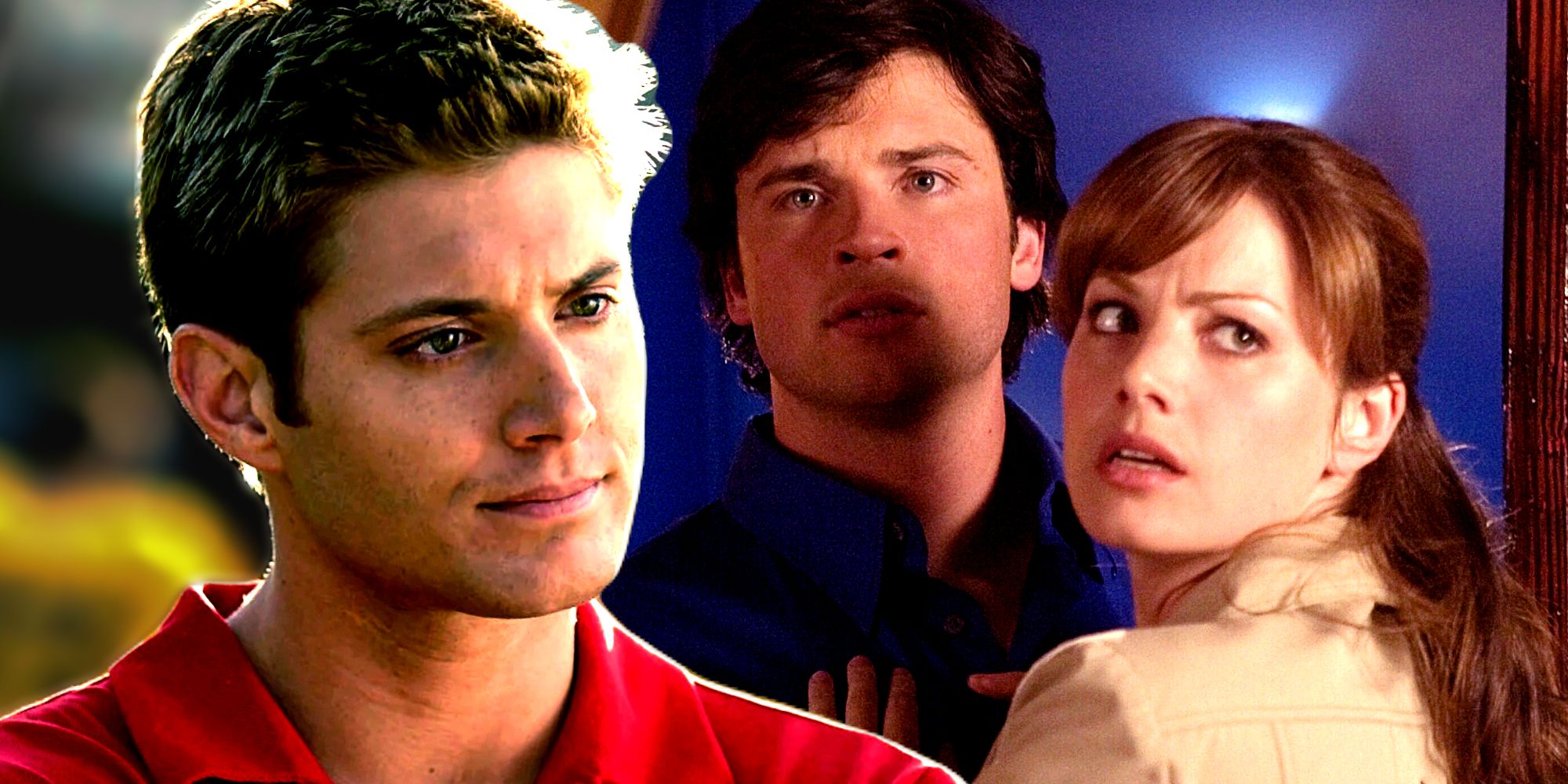
RELATED
10 Superhero Movie Actors You Totally Forgot Were On Smallville
Smallville’s initial villain-of-the-week structure meant the show had many guest stars with bit parts, some of whom went on to bigger superhero roles.
Amy Adams’ Smallville Storyline Shouldn’t Have Been A “Monster of the Week” Plot
Fatphobia, Eating Disorders And Negative Self-Image Are Too Complex For A One-Off Episode
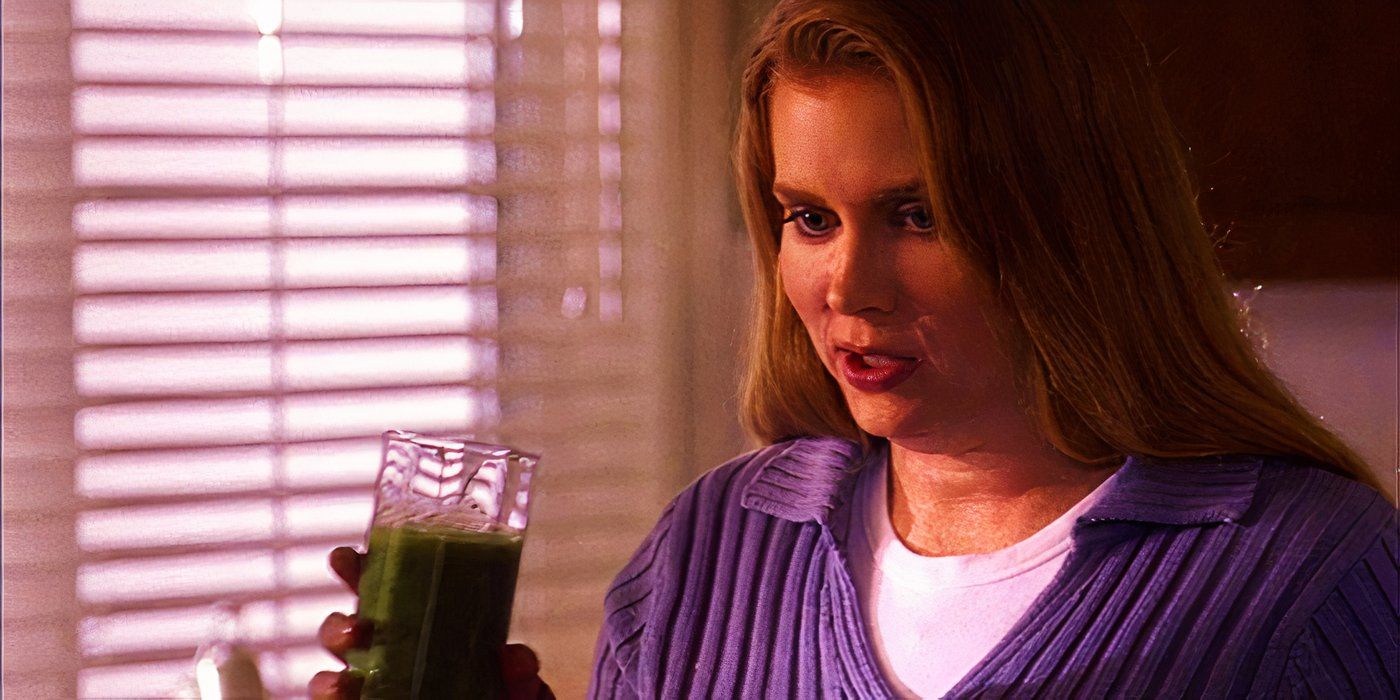
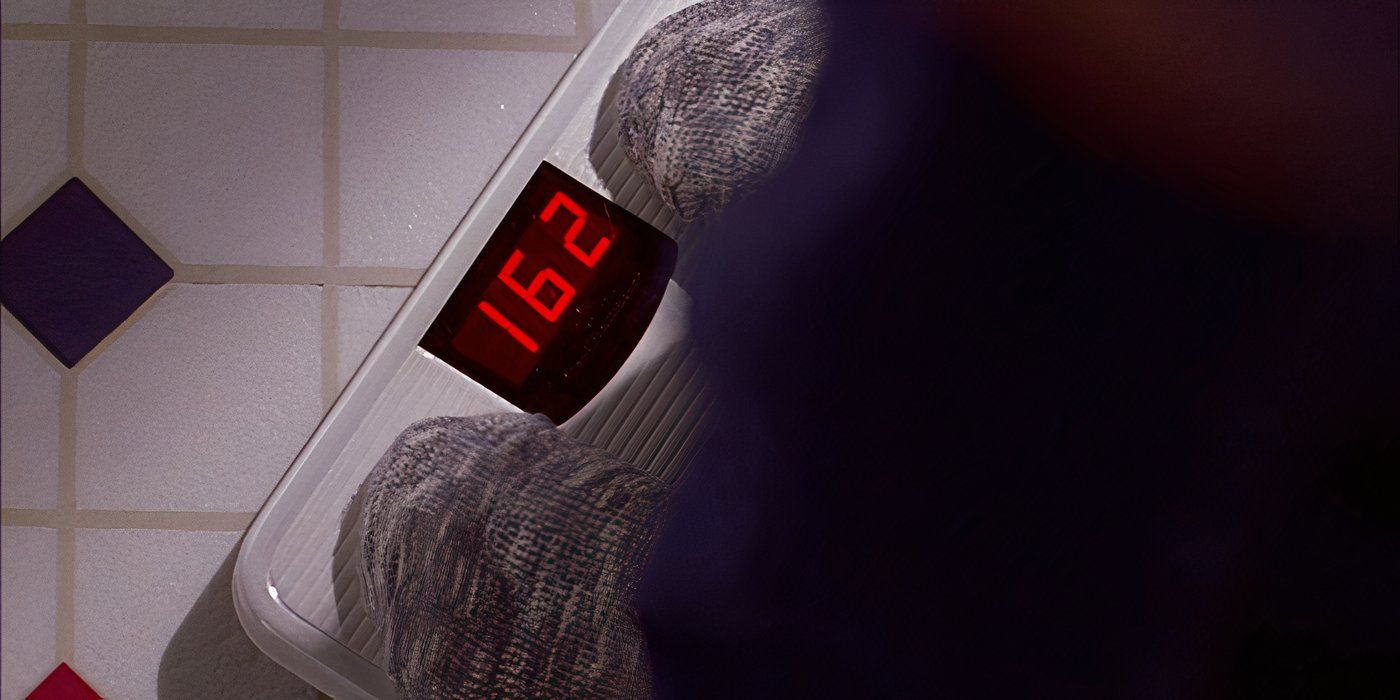
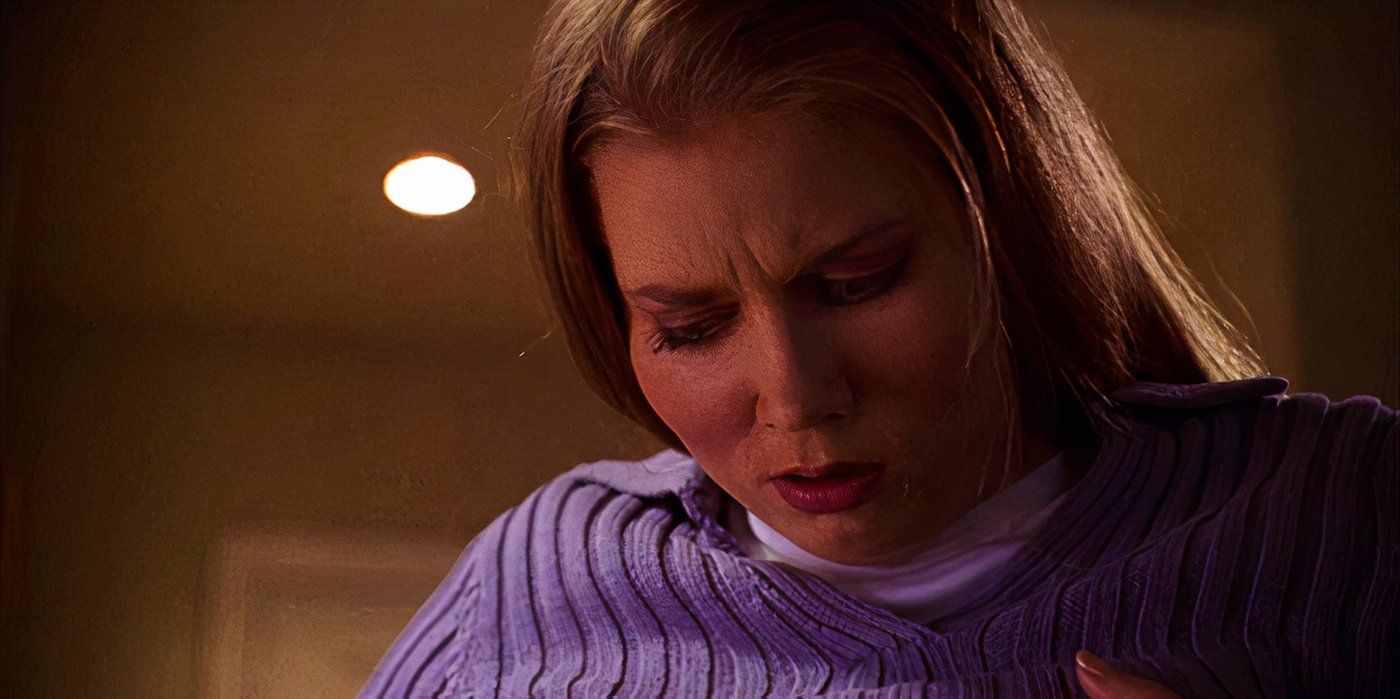
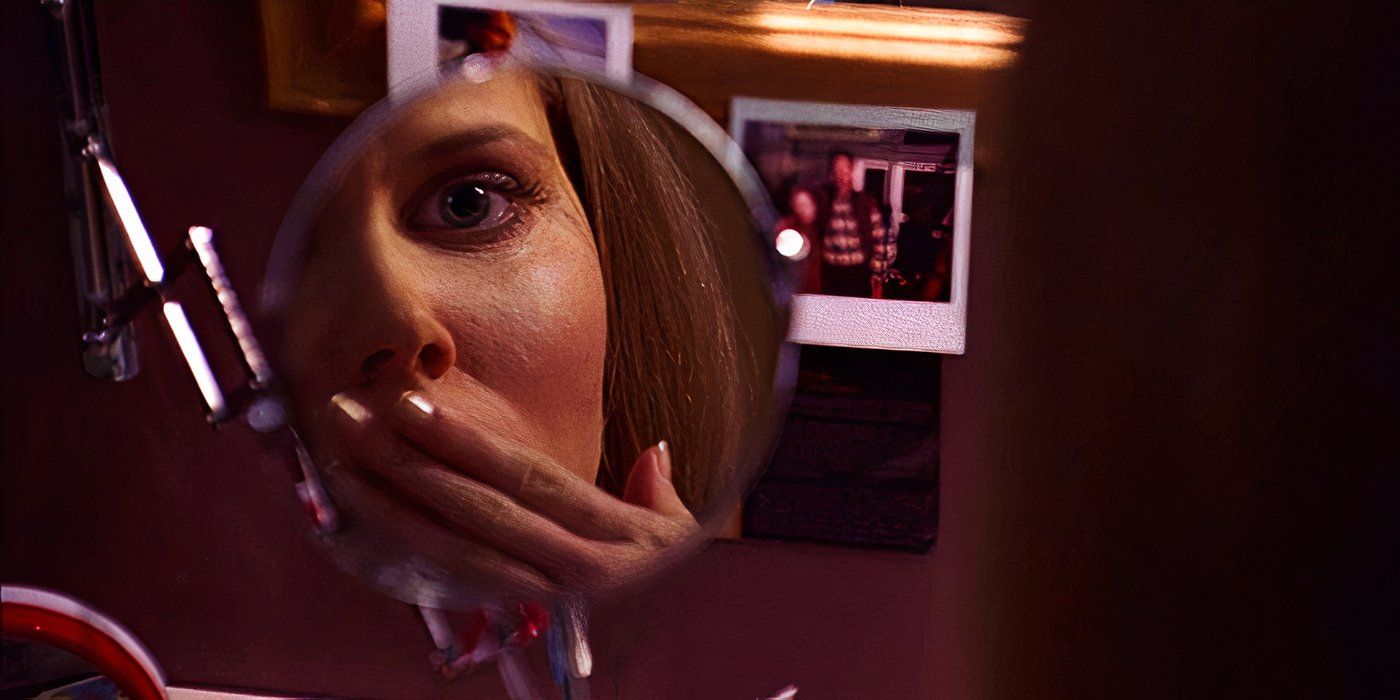
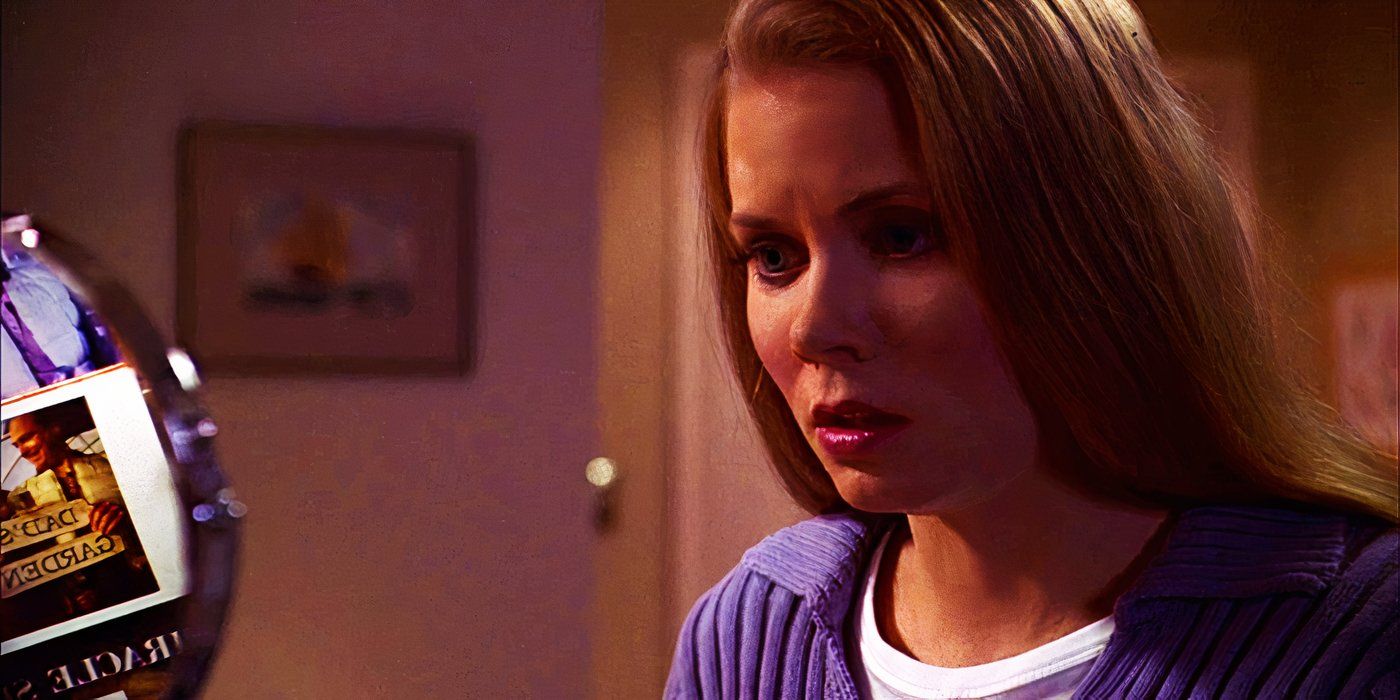





I can understand the desire to tackle subjects that are important to teenagers in a show like Smallville, which is ultimately a coming of age story. However, with “Craving,” it felt like the writers bit off more than they could chew (pun not intended). There’s simply not enough time in a 42-minute episode to truly unpack Jodi’s body image issues and the emotional effects of her diet turning her into a monster. As a result, the plot is extremely underdeveloped and whatever lessons of body positivity the writers might’ve hoped to include are trite at best.
The real-life struggles of teen girls are not fodder for cheap entertainment.
The message of “Craving” seems to be that everybody should just love themselves, but Smallville fails to really unpack how Jodi got to the point of desperation that led to her becoming a monster. There are attempts, like the scenes where Jodi’s cutting out pictures of models’ bodies from a magazine and when she’s bullied in the hallway, but these don’t truly show the scope of societal pressure teenage girls face to be thin. As someone who was a teen girl in the ’00s, I remember that it was constant and pervasive in nearly every piece of media from that time.
It’s impossible to fit the entirety of the teen girl experience into a single episode, and Smallville’s attempts to do so come off clumsily, resulting in an episode that’s cringey and unnecessary. Jodi’s storyline in “Craving” doesn’t progress Clark’s Superman origin story, so it feels extraneous in the scope of the larger show, which only makes its attempts at tackling such sensitive topics feel needless. The real-life struggles of teen girls are not fodder for cheap entertainment, and it’s a low point that Smallville tried to depict them for a simple “monster of the week” plot.
23 Years Later, Smallville’s “Craving” Episode Doesn’t Hold Up
It’s A Sign Of The Fatphobic Times
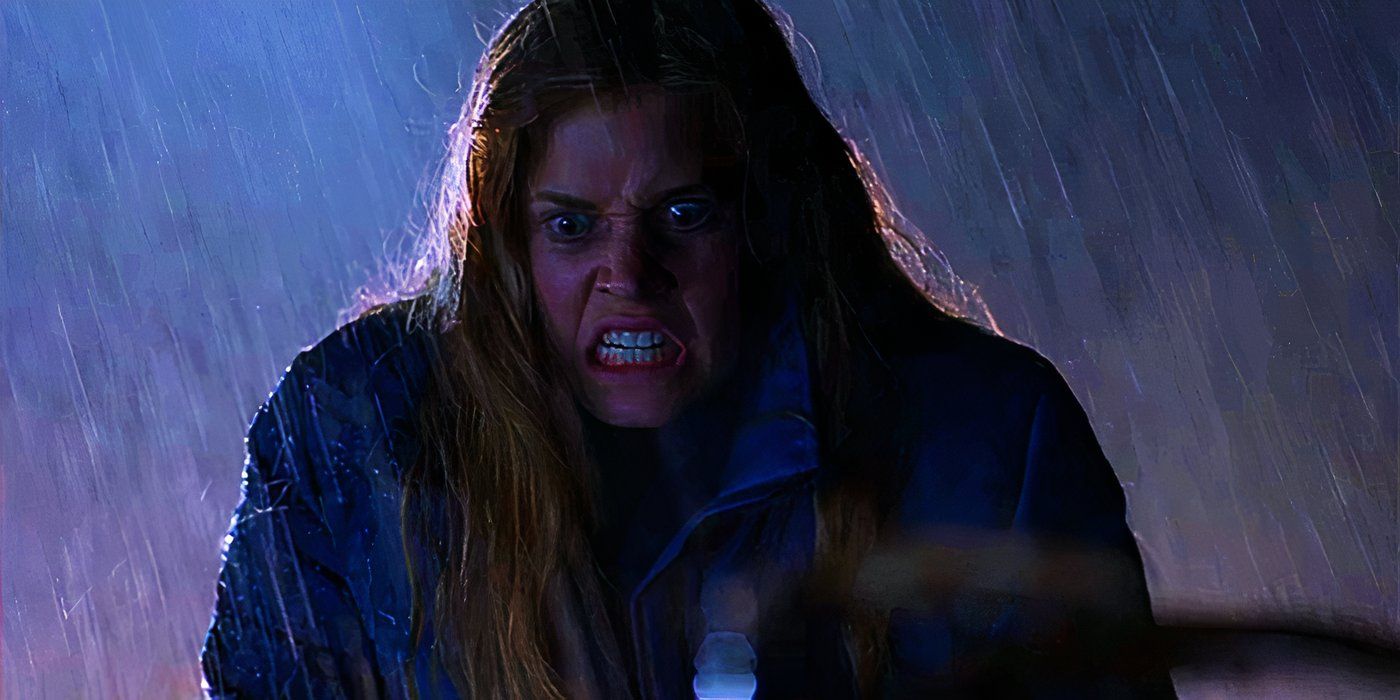

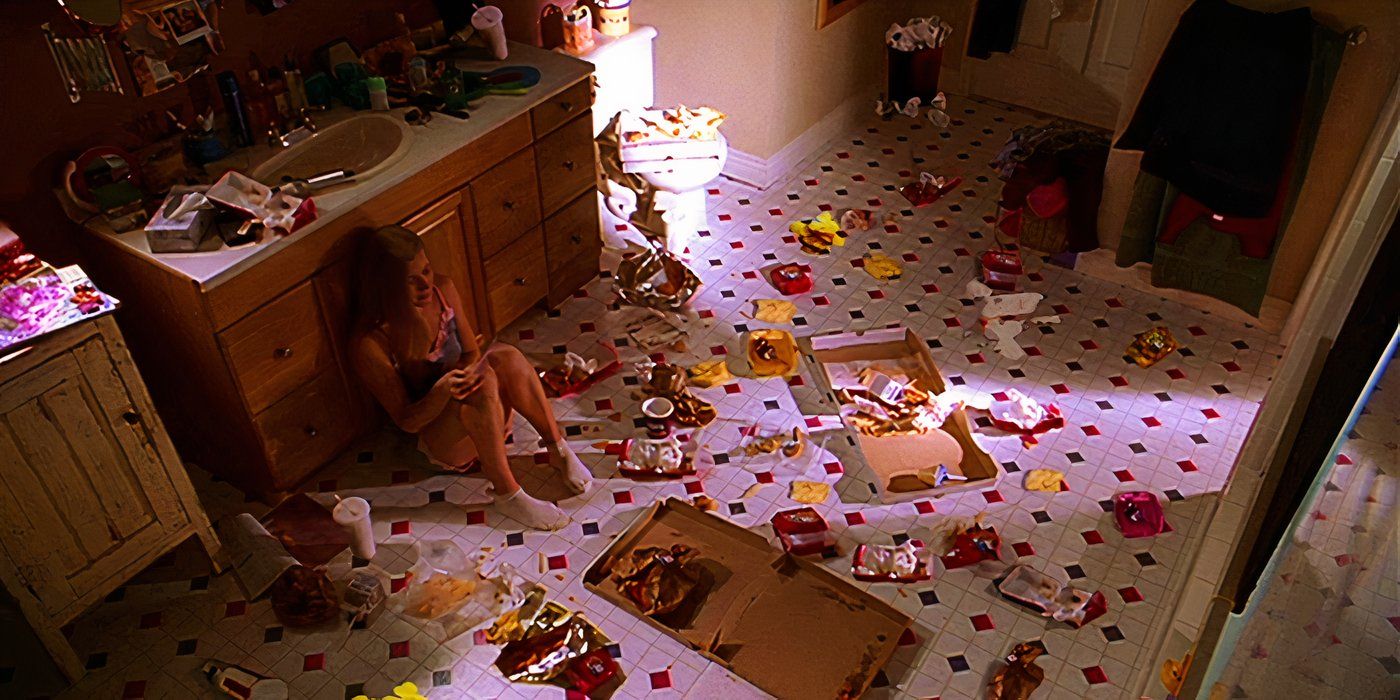
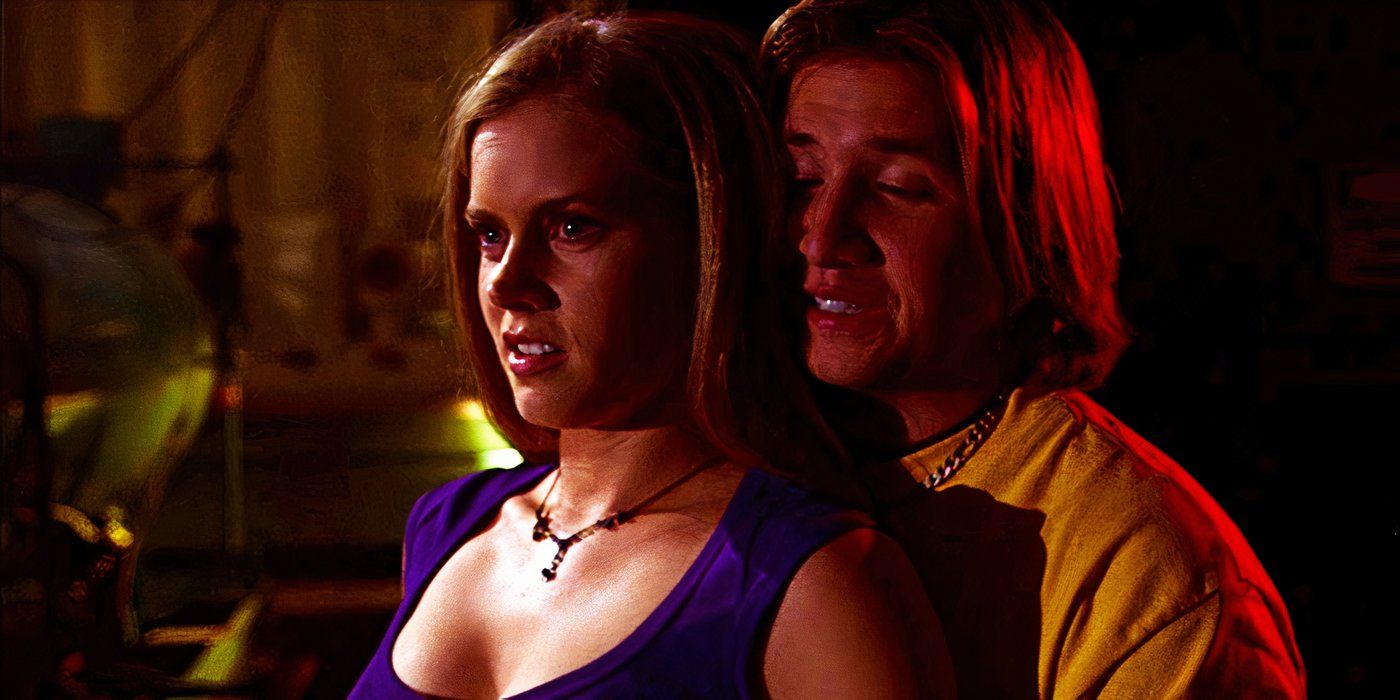
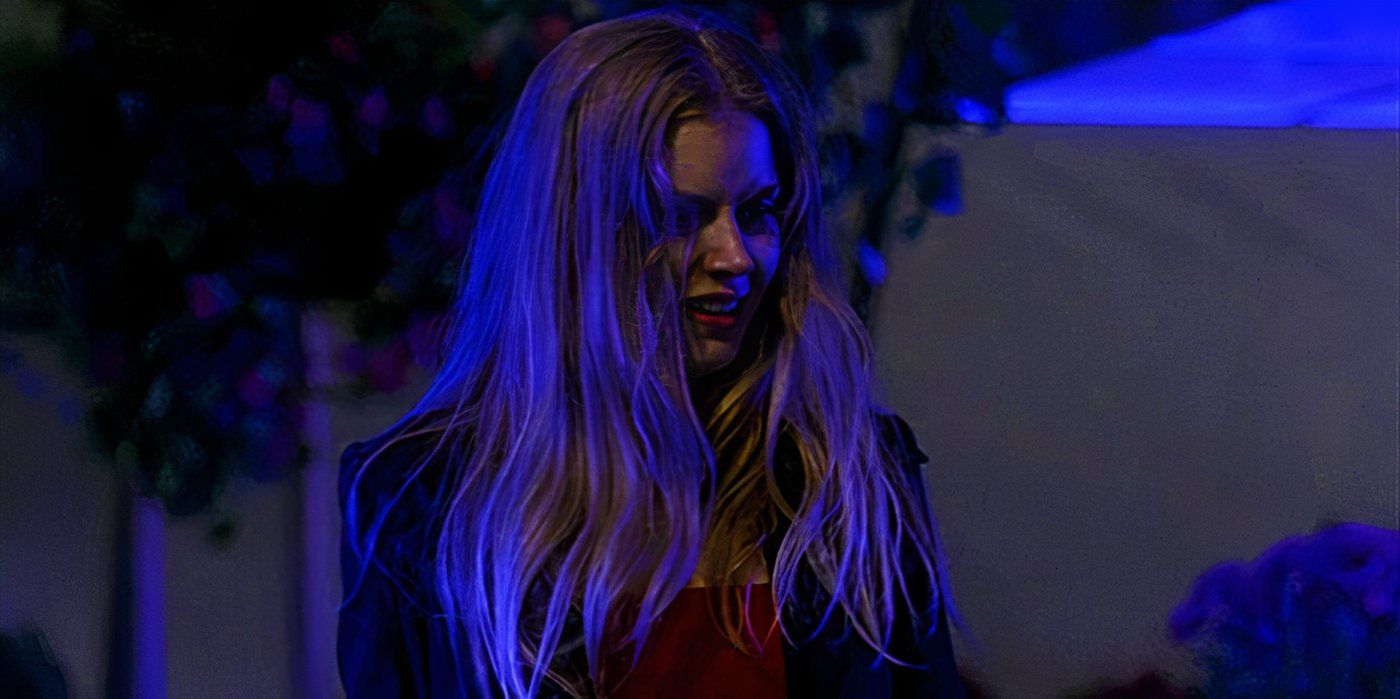





Quite a lot has changed in the years since “Craving” aired in 2001, especially surrounding how plus-sized characters are portrayed in media. Over the last two decades, there has been a push toward body positivity and acceptance of all kinds of body types, with an increasing number of movies, TV shows and marketing campaigns showcasing a variety of bodies. While fatphobia is far from eradicated from our culture, “Craving” is a stark reminder of just how bad things used to be, especially in the early 2000s – and how far we’ve come.
It’s also become far less common for thin actors to wear fat suits or other prosthetics in order to play heavier characters that undergo a transformation.
I can’t imagine an episode like “Craving” would make it onto TV screens today – not because teenagers aren’t still dealing with body image issues or eating disorders, but because the attitudes around such things have changed. Perhaps thanks to the advent of social media, TV writers and showrunners are more aware of the impact episodes like “Craving” have on viewers, both positive and negative. On social media, viewers can discuss the way TV has helped or hurt them, and in the last 10 years there have been conversations about the depictions of plus-sized characters.
One such conversation sprung up in 2018 around the Netflix release Insatiable, which followed a storyline of an overweight teenager getting thin. At the time of release, it received widespread backlash for the offensive and insulting storyline, with many viewers speaking out about it on social media. The reaction to Insatiable, and the discussions about how plus-sized characters are depicted in media, was arguably the first of its kind, and I’d like to believe (however naively) they led to some positive changes in Hollywood. At the very least, I’m hopeful no one will try to do an episode like “Craving” or a show like Insatiable again. Let Hollywood learn from Smallville‘s mistake.
